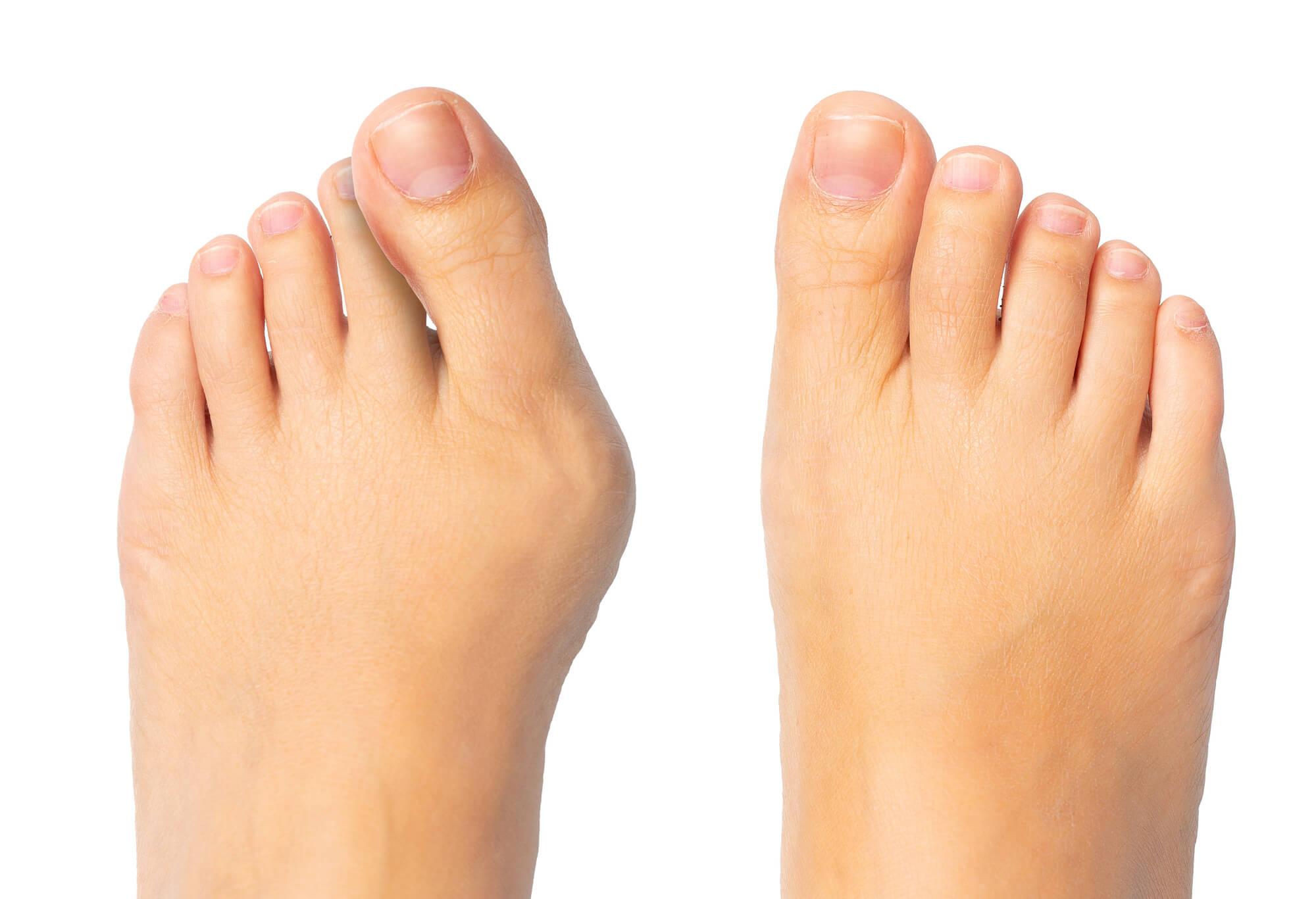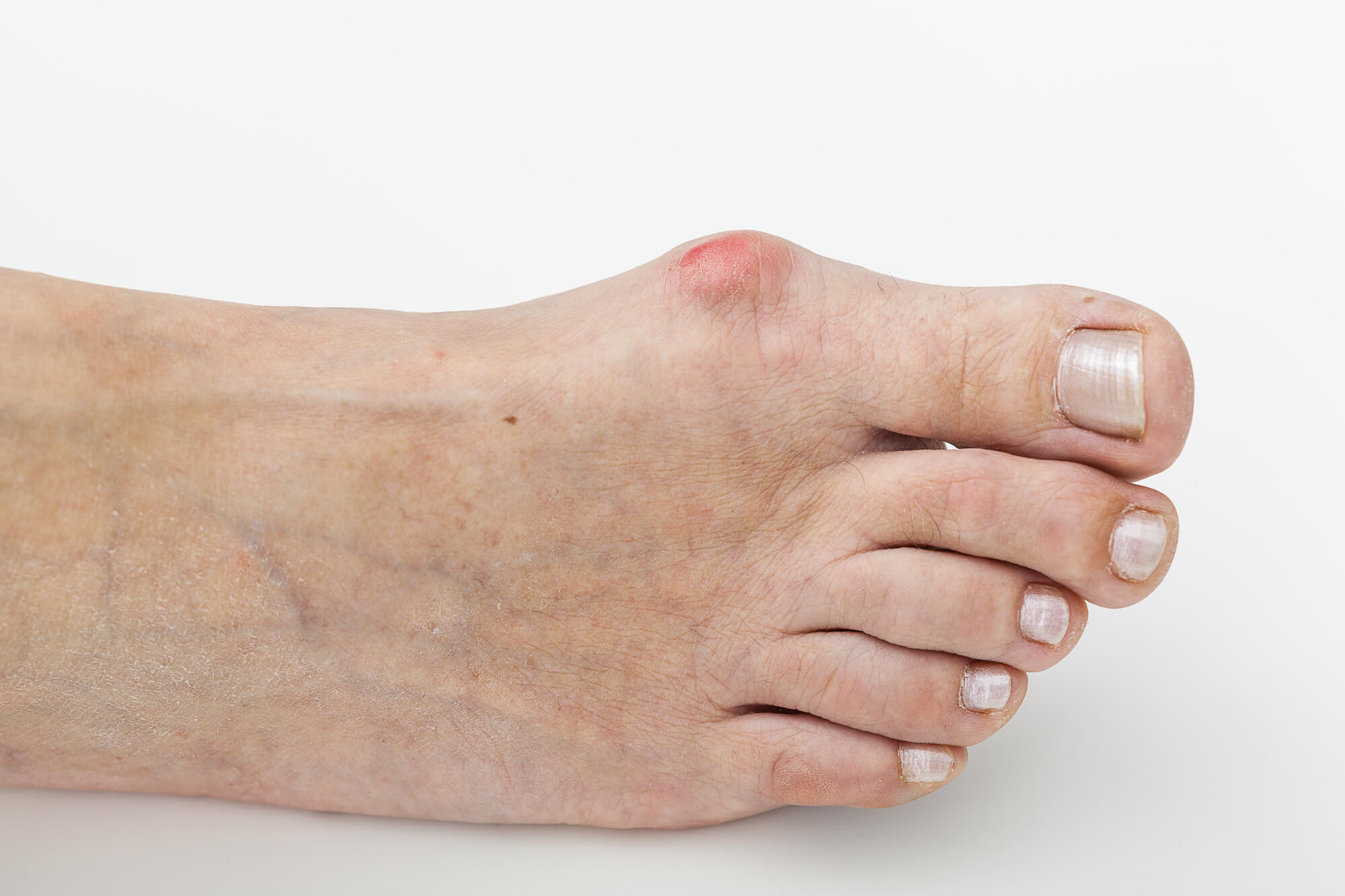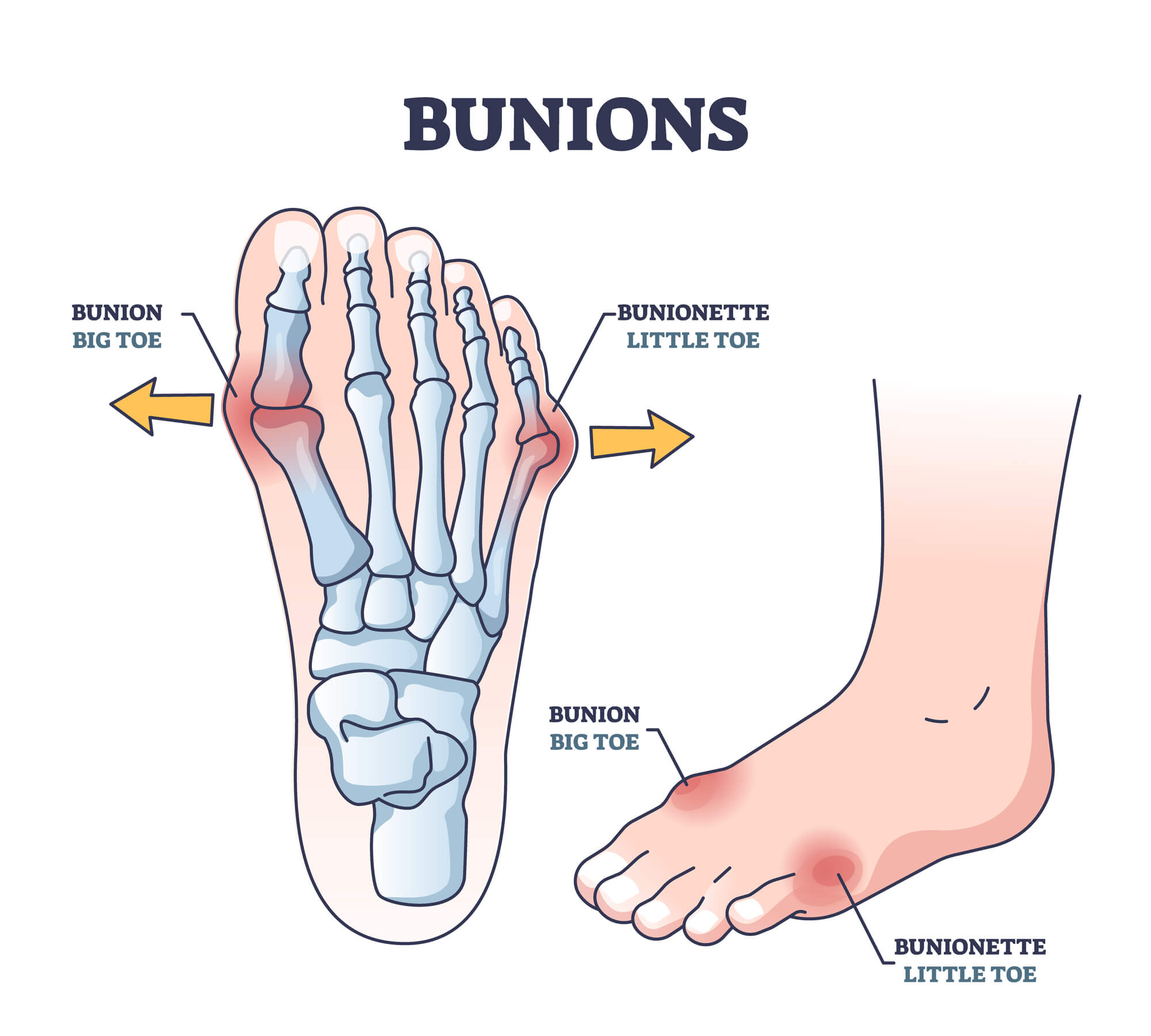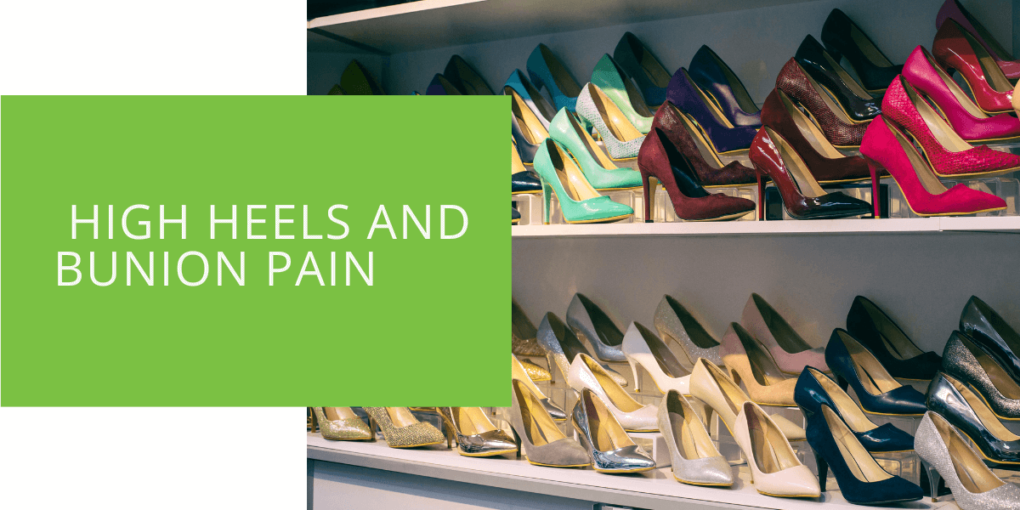High Heels and Bunion Pain: Understanding and Overcoming
High heels are a popular footwear choice for many women, but for those who suffer from bunions, the combination can be a recipe for foot pain. A bunion, also known as a hallux valgus, is a deformity that occurs when the big toe deviates towards the second toe, causing a bony protrusion on the side of the foot. This can lead to significant discomfort and even arthritis in the joint. This article will explore the link between high heels and bunions and strategies for preventing and managing bunion pain while wearing high heels.
What Are Bunions and How Do They Form?
A bunion is a structural deformity in the foot, typically at the joint where the big toe meets the foot (the metatarsophalangeal joint). It is characterized by a bony protrusion on the side of the foot, which can be painful and make it difficult to wear certain shoes.
Bunions are caused by various factors, including genetics, foot mechanics, and certain types of footwear. For example, if you have a family history of bunions, you may be more prone to developing them. Similarly, people with certain foot mechanics, such as flat feet or high arches, may be more likely to develop bunions over time.

Risk Factors for Developing Bunions
The most significant risk factor for developing bunions is wearing high-heeled shoes, especially over long periods. High heels shift the weight of the body forward, putting pressure on the ball of your foot and forcing your toes into a cramped position. This can cause the big toe to deviate towards the second toe, ultimately forming a bunion.
Other risk factors for developing bunions include:
- Genetics: If you have a family history of bunions, you may be more likely to develop them.
- Medical conditions: Some medical conditions, such as rheumatoid arthritis, can increase the risk of developing bunions.
- Age: Bunions are more common in older adults.
The Link Between High Heels and Bunions
How High Heels Can Contribute to The Formation of Bunions
As mentioned earlier, high heels can cause the big toe to deviate towards the second toe, ultimately forming a bunion. High heels also cause the foot to slide forward, which increases pressure on the ball of the foot, further exacerbating the problem. High heels also put a lot of stress on the metatarsophalangeal joint and increase the risk of developing arthritis.
The Effects of Wearing High Heels on Bunion Pain
Even if you already have a bunion, high heels can worsen the pain and discomfort. The pressure on the bunion can become intense, making it difficult to walk or stand for long periods. High heels can also make the bunion more visible and pronounced, which can be an additional source of embarrassment or self-consciousness.

Preventing and Managing Bunion Pain While Wearing High Heels
Tips for Choosing the Right High Heels to Minimize Bunion Pain
If you love wearing high heels but are concerned about their effect on your bunions, there are steps you can take to minimize pain and discomfort. One way to reduce the risk of developing or exacerbating bunions is to choose the right high heels. Here are some tips for choosing high heels that will be more comfortable for your feet:
- Look for shoes with a lower heel: Heels less than 2 inches are generally considered more comfortable and less likely to cause bunion pain.
- Opt for a wider heel: A wider heel will distribute weight more evenly and help reduce pressure on the ball of your foot.
- Choose shoes with a wider toe box: Look for shoes with a toe box wide enough to accommodate your toes, so they don't feel cramped or restricted.
- Avoid pointy-toed shoes: Pointy-toed shoes can cause toes to crowd together, which can exacerbate bunion pain.
- Pay attention to the arch support: Opt for high heels with good arch support. This will help to keep your foot in a neutral position and reduce stress on the metatarsophalangeal joint.

Exercises and Stretches to Help Alleviate Bunion Pain
In addition to choosing the right high heels, you can also do exercises and stretches to help alleviate bunion pain. Some exercises that may be beneficial include:
- Toe stretches: Place a towel on the floor and use your toes to scrunch it up towards your foot.
- Toe spreads: Sit with your feet flat on the floor and use your toes to spread a small object, like a marble, from one side of your foot to the other.
- Strengthening exercises: To strengthen the muscles in your feet, try picking up small objects, like marbles or pebbles, with your toes.
- Yoga or Pilates: Yoga and Pilates can help stretch and strengthen the muscles in your feet and toes.
It's also recommended to see a Podiatrist, who can help you create an exercise plan tailored to your specific needs and also give you advise on how to wear high heels to minimize the bunion pain.
Treatment Options for Managing Bunion Pain
If you're experiencing pain from bunions, there are a variety of treatment options available to you. Some of the most common options include:
- Orthotics: Orthotics, such as custom-made shoe inserts, can help redistribute weight and reduce pressure on the bunion.
- Bunion pads: Bunion pads can cushion the bunion and help reduce pain and discomfort.
- Bunion splints: Bunion splints can be worn at night to help hold the big toe in a corrected position and reduce pain.
- Bunion surgery: In severe cases, surgery may be necessary to correct the bunion. A podiatrist will refer you to an orthopedic surgeon, who can advise you on whether surgery is the best option.
Conclusion
Bunions are a common problem caused or exacerbated by high heels. Taking steps to prevent and manage bunion pain is important by choosing the right footwear and incorporating exercises and stretches for the feet. In some cases, orthotics, bunion pads, splints, or even surgery may be necessary to alleviate pain. Consult a podiatrist for proper diagnosis and treatment options to keep your feet healthy and comfortable, even when wearing your favorite high heels.

